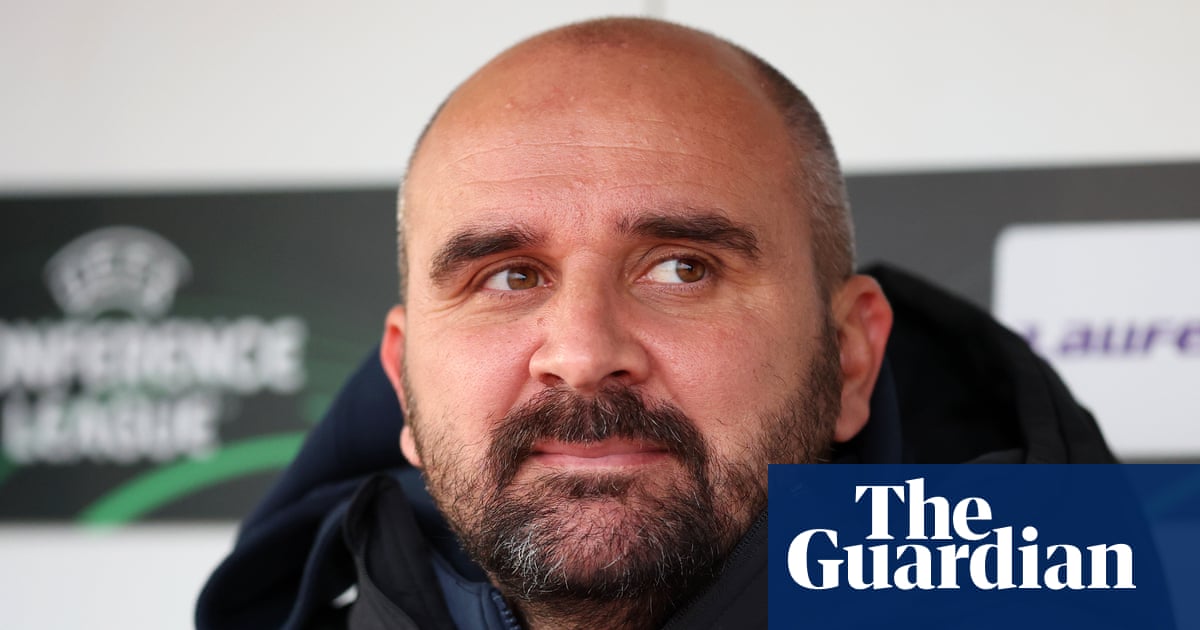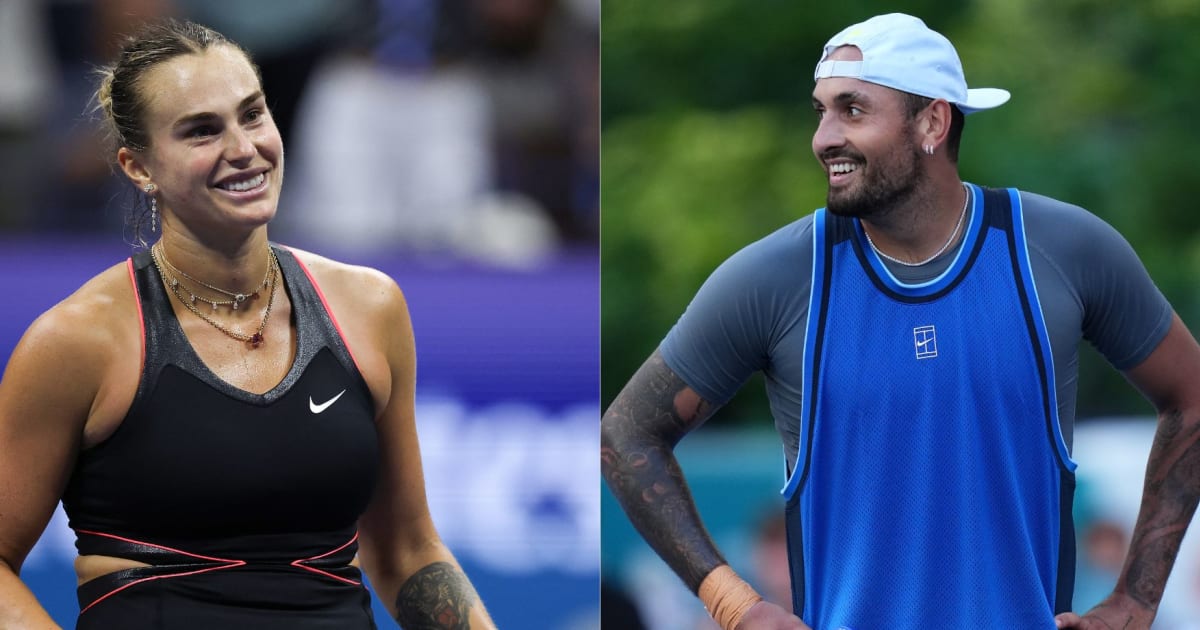No money for plane tickets, Bollywood actress gave her entire fee to India women's cricket team, was invisible sponsor

Known to millions as a Bollywood actor, television personality, and one of the first female faces of cricket broadcasting, Mandira Bedi played a role far greater than most realise — she became the unsaid sponsor of Indian women’s cricket between 2003 and 2005. Using her influence, earnings, and connections, she helped raise funds that allowed the Indian women’s team to travel and compete abroad at a time when they often had to pay their own way to represent the country.Nutan Gavaskar, former secretary of the Women’s Cricket Association of India (WCAI), recalled those difficult days when the team functioned on passion rather than resources.“The WCAI was formed in 1973 and managed the national team until 2006, when the BCCI finally took women’s cricket under its wing. Back then, there was no money — but all those women played for the sheer love of the game,” she told PTI.It was during one such period of financial distress that Mandira intervened. After shooting a commercial for Asmi Jewellery, she decided to waive her endorsement fee entirely and donate the proceeds to the WCAI. That money, Nutan revealed, was used to fund air tickets for India’s tour of England, ensuring that the players could compete internationally despite financial constraints.“On another occasion, we had Mandira Bedi, who shot a commercial for a famous diamond brand. The entire endorsement fee she received, she donated to the WCAI. That money helped us arrange air tickets for India’s tour of England,” Nutan said.Mandira’s gesture was not a one-off act of charity but part of a determined effort to keep the sport alive. Between 2003 and 2005, she personally reached out to companies and brands to secure sponsorships for the women’s team, becoming one of the first public figures to advocate for financial support and visibility for Indian women cricketers.Former India player and then WCAI secretary Shubhangi Kulkarni recalled how Mandira’s involvement changed perceptions.“It was very difficult to get sponsors in the last few years. But once Mandira took up our cause, other corporates began to show interest,” Shubhangi said. “She came to watch a match, and we told her, ‘You have done so much for men’s cricket — why not do something for us?’ She took it up earnestly and soon began approaching sponsors.”Mandira herself had told The Telegraph India at the time, “The money I would have taken for my endorsement will go towards the cricket sponsorship,” adding that “there is another sponsor lined up for the next series.”Her decision came during a period when women’s cricket had little visibility. Despite her own challenges — facing criticism and scepticism as one of the first women anchors in cricket broadcasting — Mandira used her platform to advocate for equality in the sport. Her involvement not only provided the women’s team with financial support but also offered them a sense of validation from mainstream media and advertisers.Years later, as India’s women finally achieved their long-awaited World Cup triumph in 2025, Mandira reflected on social media with quiet pride. On Instagram, she shared a handwritten note reading, “You didn’t play for a nation, you moved it.” She paired it with Chak De! India, calling the win “a shift in the heartbeat of every little girl who will now dream without apology.”












